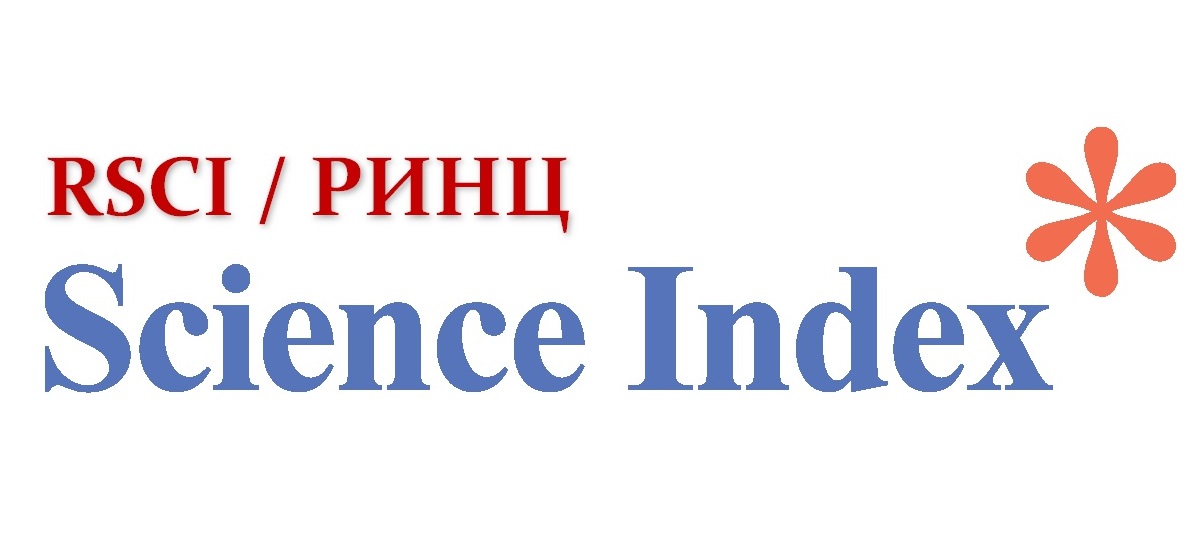Анализ методов архитектурно-пространственной адаптации промышленных предприятий к экологическим требованиям современной городской среды
Просмотры: 243 / Загрузок PDF: 71
DOI:
https://doi.org/10.32523/2616-7263-2025-150-1-46-61Ключевые слова:
реновация промышленных территорий, промышленные объекты, анализ глобальной адаптации, промышленная архитектура, ревитализацияАннотация
В данной статье рассматриваются вопросы повышения качественных параметров промышленных территорий при ликвидации или сохранении их функционального назначения. Методология исследования включает анализ методов реконструкции промышленных зданий в отечественной, на примере г. Алматы, и зарубежной практике, на примере Германии и Польши. Рассматриваются актуальная идеология, лежащая сегодня в основе архитектуры таких сооружений, и способы эффективной и гармоничной интеграции утилитарных промышленных объектов в городскую среду. Анализ проводится по градостроительным, функциональным и композиционным характеристикам промышленных объектов с использованием метода многофакторного сравнения, также анализируются различные подходы к архитектурно-пространственной адаптации, такие как сохранение, реновация, реконструкция. В статье отмечается, что выбор метода адаптации зависит от ряда факторов, среди которых состояние объекта, историческая и архитектурная ценность, а также целевое назначение объекта после реновации. Перспективность развития промышленной архитектуры заключается в ее возможной и быстрой адаптации к развивающимся технологиям. Статья представляет интерес для архитекторов, градостроителей, а также для всех, кто интересуется вопросами реновации промышленных объектов. Для реновации промышленных объектов необходимо четко установить этапы адаптации промышленных объектов.







